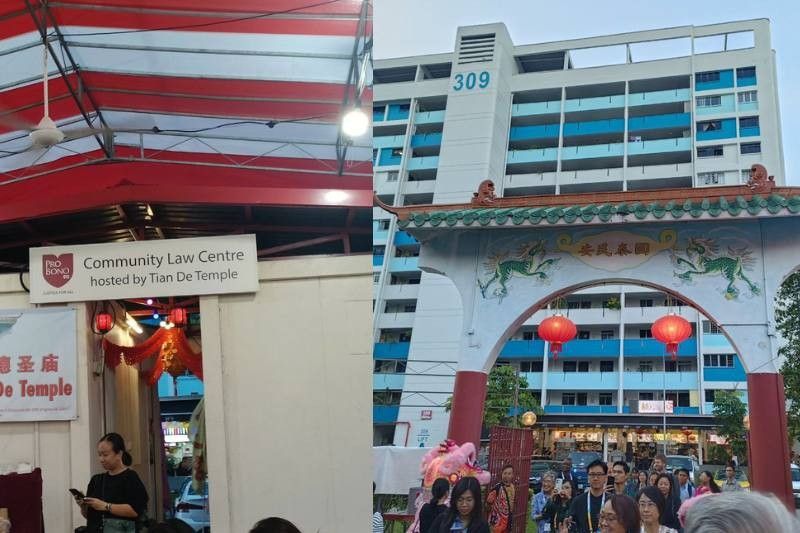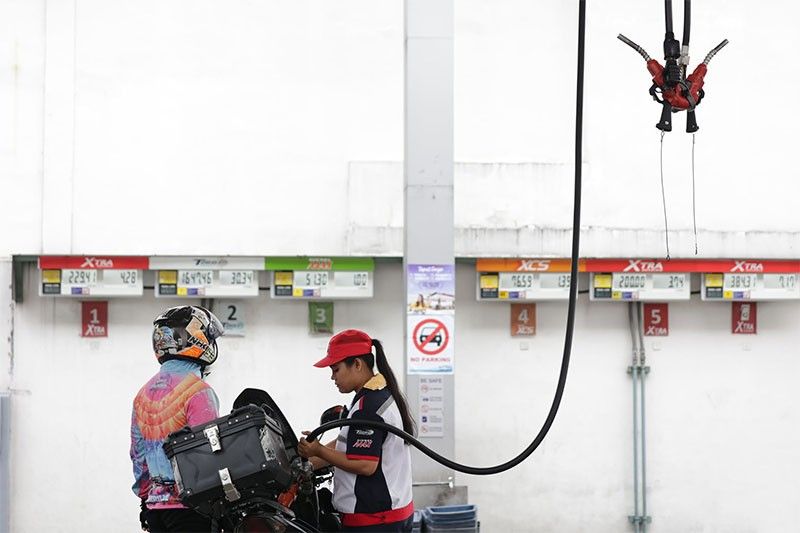
Upgrade to High-Speed Internet for only ₱1499/month!
Enjoy up to 100 Mbps fiber broadband, perfect for browsing, streaming, and gaming.
Visit Suniway.ph to learn
Children walk through a flooded area due to high tide in Baseco, one of the biggest slums in Manila on August 15, 2022.
AFP / Jam Sta Rosa
MANILA, Philippines — The number of Filipinos who experienced involuntary hunger at least once in the past three months rose to 20%, according to a Social Weather Stations (SWS) survey released on Saturday, June 28.
This figure marks a slight increase from the 19.1% recorded in a previous poll conducted from April 11 to 15, 2025, following a sharp drop from 27.2% in March. The latest survey was conducted from April 23 to 28, 2025.
Mindanao posted the highest hunger rate at 26.3%, followed by Metro Manila (20.3%), the Visayas (19.7%), and Balance Luzon (17%).
Compared to the April 11-15 survey, hunger rates fell in Metro Manila down to 5.7 points from 26.0% and Balance Luzon down by 3.5 points from 20.5%.
However, Mindanao saw a sharp 9.0-point increase from 17.3% and the Visayas experienced a 5.4-point rise from 14.3%.
Moderate vs severe hunger. Of the 20.0% total hunger rate, 16.4% of families experienced moderate hunger, while 3.6% experienced severe hunger.
Metro Manila and Balance Luzon saw a decline in both moderate and severe hunger, while the Visayas and Mindanao recorded increases in moderate hunger. In Mindanao, severe hunger also rose, from 3.7% to 5%.
Hunger among the poor and non-poor. The survey also found that hunger remains more prevalent among self-rated poor families.
In April 2025, 50% of families identified as poor, 8% as borderline, and 42% as not poor. The hunger rate among the self-rated poor rose slightly from 24.4% to 25.9% between the two April surveys, while among the non-poor, it increased from 13.4% to 14.1%.
Self-rated food poverty also showed that 41% of families considered themselves food-poor, with hunger rates highest among this group.
Compared to December 2024, hunger incidence among the food-poor dropped from 35.7% to 28.4%, while among the non-food-poor, it declined from 15.6% to 14.1%.
The survey was conducted through face-to-face interviews with 1,500 adults nationwide, distributed across Balance Luzon, Metro Manila, Visayas and Mindanao.
The survey has a ±3% margin of error for national percentages.

 9 hours ago
3
9 hours ago
3



